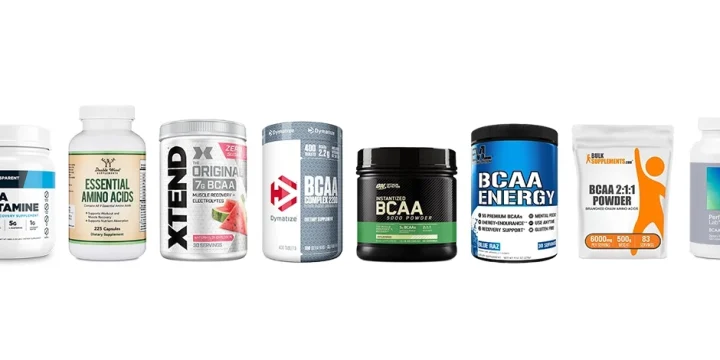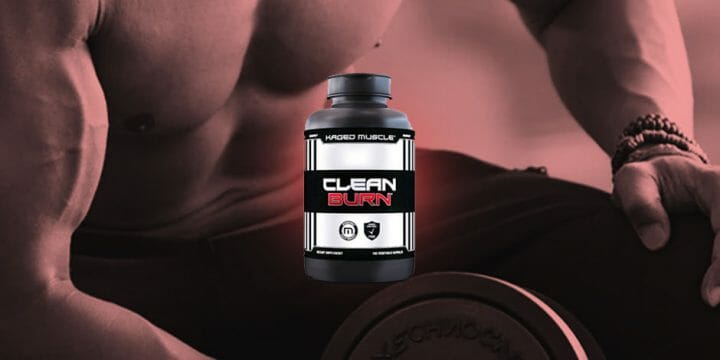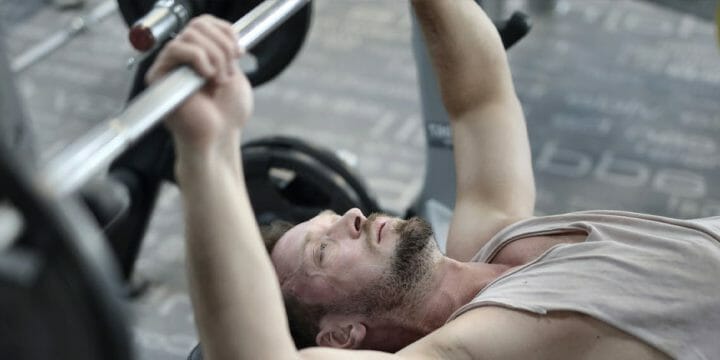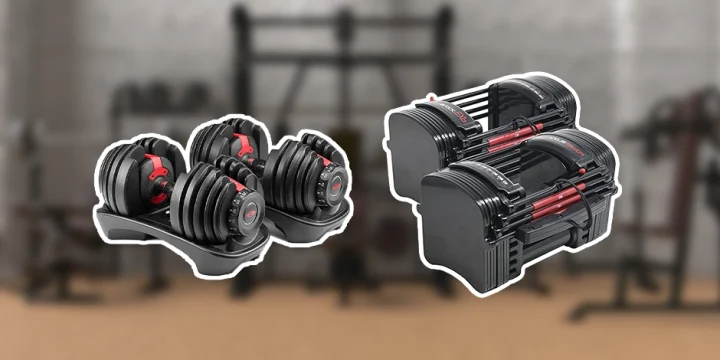As a MMA fighter, I’ve worked with colleagues who have taken steroids, and I've even had my own experiences with them for medical reasons.
While I don’t recommend that anybody should inject steroids without medical advice, I can personally attest to the importance of understanding the risks.
One topic that came up in my own journey and discussions with fellow fighters was where to inject steroids and the real consequences of not doing it properly.
I decided to find out from a doctor what these risks are and if there were some medical research details I could share with readers.
Quick Summary
- If steroids are not injected into the muscle, complications such as puncturing blood vessels or nerves can occur.
- Incorrect steroid injections can lead to infections around the puncture site or even painful nerve damage.
- Due to the significant risks of incorrect injections, medical professionals undergo extensive training, with issues like sciatic nerve injury being a persistent global problem, according to the Otago School of Medical Sciences.
- In my opinion, while the benefits of steroids are acknowledged, it's paramount to prioritize safety and always consider legal and less risky alternatives.
What Happens When a Steroid Injection Doesn’t Hit the Muscle?
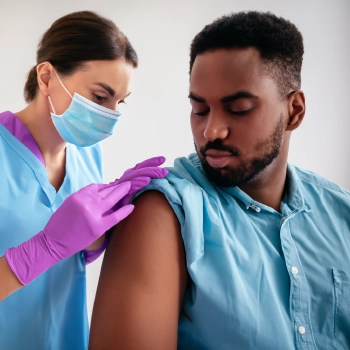
If a steroid injection misses the muscle, it can puncture blood vessels or nerves. This risk is higher with injections into smaller muscles due to less tissue, and applying force increases the likelihood of nerve damage [1].
Infections at the puncture site are also possible [2]. Contact with ligaments or other tissues can cause serious issues, needing medical attention, as seen in studies like "Hypopigmentation and subcutaneous fat, muscle atrophy after local corticosteroid injection" on PubMed [3].
These risks underscore why medical professionals receive extensive training in administering injections.
“Sciatic nerve injury from an IM injection in the upper outer quadrant of the buttock is an avoidable but persistent global problem, affecting patients in both wealthy and poorer healthcare systems.”
- Mark D. Stringer, Professor of Anatomy, Otago School of Medical Sciences
Do You Have to Inject Them Into Muscle?
Certain steroids must be injected into muscle. Incorrect testosterone injections can lead to various complications, as scientific studies show. I've personally learned the importance of proper injection techniques.
While there are topical and oral steroids, injectable forms need muscular administration.
There are many types of medication, including steroids, that can cause significant damage and harm if they go directly into a blood vessel [4].
Oral steroids are a safer alternative, though slower and less effective for some conditions. They reduce the risk of damage associated with injections.
I advise consulting a doctor about oral steroids and their potential side effects.
Related Articles:
Alternatives to Injections
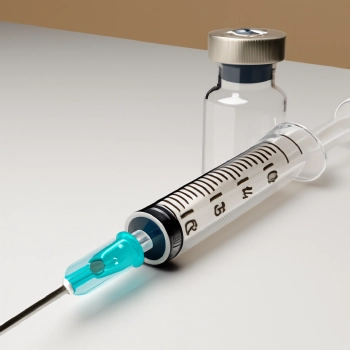
As mentioned above, there are alternatives like oral and topical steroids that reduce inflammation and can help treat certain diseases which many people can benefit from.
I advise athletes against using steroids not prescribed by a doctor. Fortunately, there are legal alternatives like amino acids, minerals, vitamins, and herbs.
While they may not work as quickly as steroids, their safety and effectiveness make them a better choice for athletes.
FAQs
Why Do You Get a Lump After Injecting Steroids?
You get a lump after injecting steroids at the injection site because of minor inflammation. The needle causes some trauma to the skin and muscle, and this can result in a small bump that goes away after a few days.
Why Is Pain Worse After Steroid Injection?
Some steroid injections can make the pain worse if the drug crystallizes. It’s something that doctors have to carefully monitor, even if it’s a rare side effect.
Take the Safe Approach to Steroids
While there are valid reasons for using steroids, always consult a medical professional. Incorrect injections pose risks.
Instead, consider legal steroids available in the market.
These don’t contain any banned substances and generally don’t have nasty side effects.
And the results for performance and muscle growth can still be very impressive.
References:
- https://healthunit.org/wp-content/uploads/Steroid_Booklet.pdf
- https://www.wearewithyou.org.uk/help-and-advice/advice-you/safer-injecting-steroid-users/
- https://www.ncbi.nlm.nih.gov/pmc/articles/PMC3903862/
- https://www.medicalnewstoday.com/articles/322710
About The Author
You May Also Like
